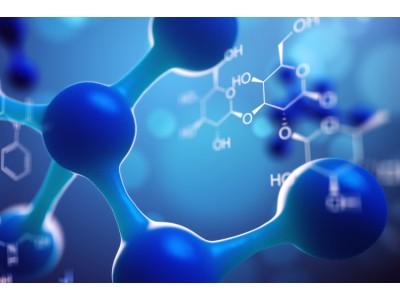| Bioactivity | Thonzonium bromide is an antibacterial agent that is structurally similar to Farnesol (HY-Y0248A). Thonzonium bromide is also a monocationic surface-active agent, which inhibits RANKL-induced osteoclast formation and bone resorption in vitro and prevents LPS-induced bone loss in vivo. Thonzonium bromide inhibits proton transport in a dose-dependent manner (EC50=69 μM)[1][2][3]. |
| Invitro | Thonzonium bromide inhibits RANKL-induced OC formation, the appearance of OC-specific marker genes and bone-resorbing activity in vitro. Thonzonium bromide blocks the RANKL-induced activation of NF-κB, ERK and c-Fos as well as the induction of NFATc1 which is essential for OC formation. Thonzonium bromide disrupts F-actin ring formation resulting in disturbances in cytoskeletal structure in mature OCs during bone resorption. Thonzonium bromide exhibits protective effects in an in vivo murine model of LPS-induced calvarial osteolysis[1]. |
| Name | Thonzonium bromide |
| CAS | 553-08-2 |
| Formula | C32H55BrN4O |
| Molar Mass | 591.71 |
| Appearance | Solid |
| Transport | Room temperature in continental US; may vary elsewhere. |
| Storage | 4°C, stored under nitrogen *In solvent : -80°C, 6 months; -20°C, 1 month (stored under nitrogen) |
| Reference | [1]. Zhu X, et al. Thonzonium bromide inhibits RANKL-induced osteoclast formation and bone resorption in vitro and prevents LPS-induced bone loss in vivo. Biochem Pharmacol. 2016;104:118-130. [2]. Chan CY, et al. Inhibitors of V-ATPase proton transport reveal uncoupling functions of tether linking cytosolic and membrane domains of V0 subunit a (Vph1p). J Biol Chem. 2012;287(13):10236-10250. [3]. Sims KR, et al. Enhanced design and formulation of nanoparticles for anti-biofilm drug delivery. Nanoscale. 2018;11(1):219-236. |

Thonzonium bromide
CAS: 553-08-2 F: C32H55BrN4O W: 591.71
Thonzonium bromide is an antibacterial agent that is structurally similar to Farnesol (HY-Y0248A). Thonzonium bromide is
Sales Email:peptidedb@qq.com
This product is for research use only, not for human use. We do not sell to patients.